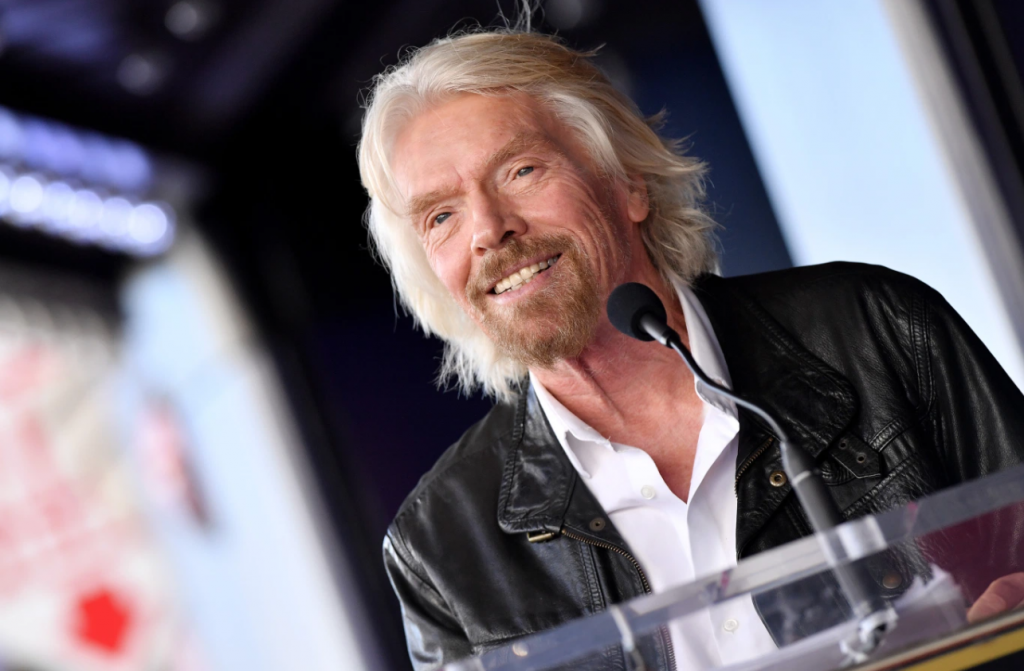
Another week and the biggest story in a sea of big stories continues to center on SPACs, these blank-check companies that raise capital through IPOs expressly to acquire a privately held company and take it public. But some industry watchers as starting to wonder: Is the party just getting started, with more early guests still trickling in? Have we reached the party’s peak, with the music still thumping? Or did someone just quietly barf in the corner, an indicator it’s time to wrap things up before something worse happens?
It certainly feels like things are in full swing. Just today, B Capital, the venture firm cofounded by Facebook cofounder Eduardo Saverin, registered plans to raise a $300 million SPAC. Mike Cagney, the fintech entrepreneur who founded SoFI and more recently founded Figure, a fintech company in both the home equity and blockchain space, raised $250 million for his SPAC. Even Michael Dell has made the leap, with his family office registering plans this afternoon to raise a $500 million blank-check company.
Altogether, according to Renaissance Capital, 16 blank-check companies raised $3.4 billion this week, and new filers continue to flood into the IPO pipeline, with 45 SPACs submitting initial filings this week (compared with 10 traditional IPO filings). Perhaps it’s no wonder that we’re starting to see headlines like one in Yahoo News just yesterday titled, “Why some SPAC investors may get burned.”
Interestingly, such headlines could gum up the SPAC machine. So argues Ivana Naumovska, an assistant professor at INSEAD, in a new Harvard Business Review piece titled, “The SPAC Bubble is About to Burst.”
Naumovska points to research showing that when more people adopt a practice, it will become increasingly widespread due to growing awareness and legitimacy. Yet when it comes to something that’s more controversial — which it could be argued that SPACs are — outsider concern and skepticism also grows as the practice becomes more widely used. Thus are born headlines like that one in Yahoo Finance.
Naumovska has studied this phenomenon before, focusing on earlier reverse mergers that, as she notes, “surged in the mid-2000s, outnumbering IPOs in some years, and peaked in 2010, before falling off a cliff in 2011.” She says she and fellow researchers collected a plethora of data on the use of reverse mergers and market responses to them, including how the media evaluated such vehicles. Of the 267 articles published between 2001 and 2012, she says, 6 were positive, 148 were neutral, 113 were negative.
Notably and unsurprisingly, the negative articles grew as the number of reverse merger transactions involving firms with relatively low reputations increased. And as the media picked up on these companies, so did regulators, and with investors, regulators, and the media feeding off one another’s signals, the party came to a screeching halt.
Anecdotally, most of the coverage around SPACs right now remains neutral. If business reporters are privately skeptical of SPACs, they are reserving judgment, possibly because save for some highly concerning cases — like when the electric truck startup Nikola was accused of fraud — there isn’t much to criticize yet.
It’s impossible to judge many of the SPACs raised over the last six months, as they have yet to announce their targets (SPACS have two years from the time they raise funds to zero in on a target, or else give back their IPO proceeds).
The argument that most investors have for creating a SPAC — which is that a lot of so-called unicorn companies are ready to be publicly traded — resonates, too, given how bloated the private market has become.
In the meantime, some of the merger deals that critics have long expected would begin to unravel have not, like Virgin Galactic, the space tourism company that kicked off SPAC mania when it went public in the fall of 2019.
Sir Richard Branson founded the company in 2004 in order to fly passengers on suborbital spaceflights, but even after putting off plans yet again to attempt a rocket-powered flight to suborbital space last week, its shares — which have more than doubled since January– remain in the figurative stratosphere. (The company, which reported almost no revenue last year, is currently valued at $12 billion.)
Other offerings haven’t gone quite as smoothly. Clover Health, a health insurance company that, like Virgin Galactic, was taken public via a SPAC organized by famed investor Chamath Palihapitiya, is “facing a confluence of existential threats” to its business, as observed in a deep dive by Forbes.
Among others poking into its business practices are the The Department of Justice, the Securities and Exchange Commission and the short-seller Hindenburg Research, which has accused it of making misleading claims. (Clover has rebutted the allegations, but Forbes says it is still facing at least three class-action lawsuits over its failure to disclose ahead of its IPO that the DOJ was investigating the company.)
